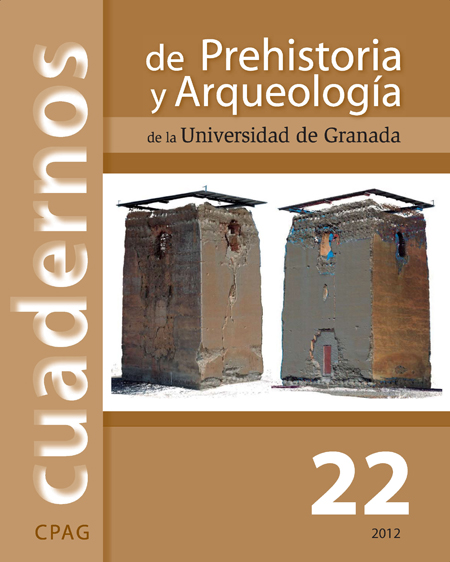PREHISTORIC FOOD BEHAVIOURS AND PHYSICAL ANTHROPOLOGY IN THE NORTHWESTERN MEDITERRANEAN
Contido principal do artigo
Resumo
This paper aims to give an overview (non-exhaustive) of the application of biogeochemical methods, particularly stable isotopes, to understand human palaeodiet, its modif ications along times and according to environment and cultural choices. Food study is a favoured way to understand human societies and their behaviours, and past populations must be stu- died by a a variety of methods and disciplines. Most commonly, human palaeodietary study is carried out through to anthropological remains (eg. specif ic pathologies, health status) and archaeological material but for few decades now, biogeochemical analyses, specif ically stable isotope ones, are routinely included in numerous researches. In the Mediterranean, a lot of studies have focused on Prehistoric periods. Among other things, the application of biogeochemical methods have highlighted the diversity of environments exploited by Palaeolithic hunter-gatherers, the dietary changes occurring during the Mesolithic-Neolithic in coastal areas, the development of agricultural practices during the Neolithic, as well as the variability of food choices according to regions and the introduction of millet in Bronze Age human and animal diet.



